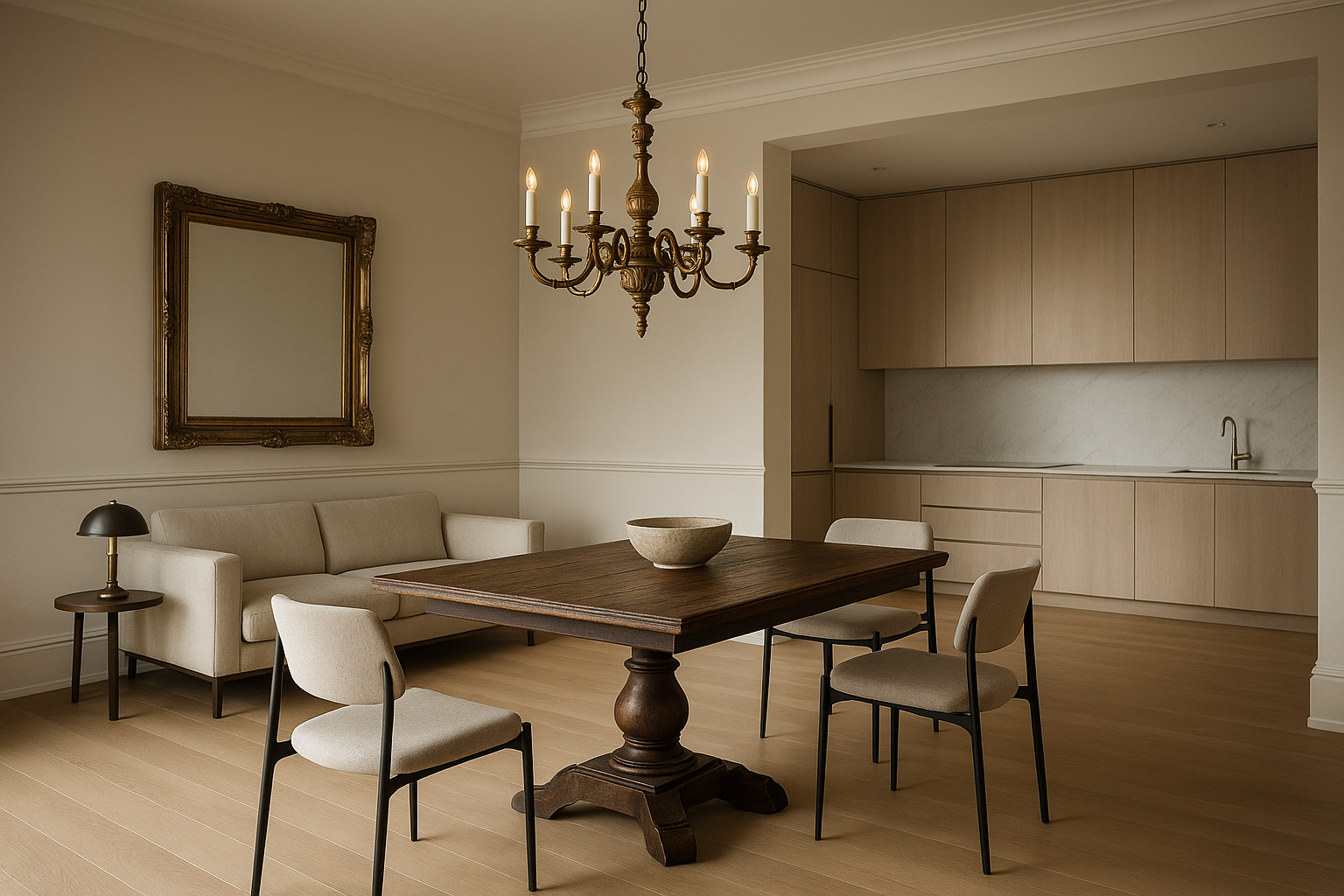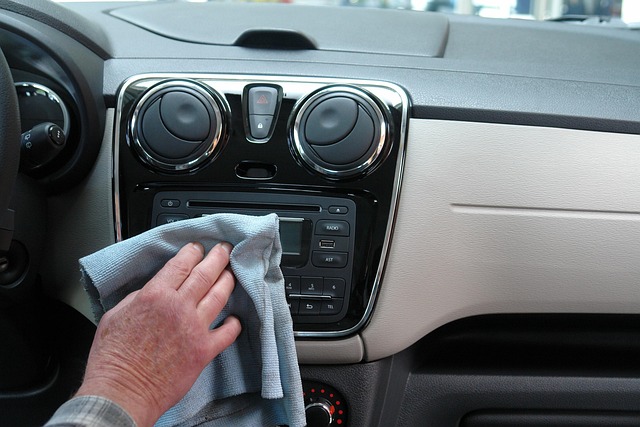Incorporating Antique Elements into a Modern Aesthetic: A Fresh Approach to Home Design
The world of home design is a constantly evolving space, with trends fading in and out, as fleeting as the seasons. Yet, some elements seem to hold their ground, their timeless charm weaving a thread of consistency through the ever-changing landscape of interior design. One such enduring element is antique decor, which, when seamlessly incorporated into a modern aesthetic, can lend a home an air of refined elegance and historical depth. This article will explore the art of blending antique elements with modern design, delving into its origins, practicality, and current market trends.

The Intersection of Old and New: A Historical Context
The practice of infusing antique elements into modern design isn’t a novel concept. In fact, it has roots in the 20th-century design movement known as Eclecticism. This movement celebrated the harmonious juxtaposition of disparate elements, drawing from various historical periods to create a layered, one-of-a-kind aesthetic. Modern designers have taken this ethos and evolved it, skillfully weaving antique pieces into contemporary settings to create spaces that exude both historical charm and modern sensibility.
Current Trends in Antique-Modern Fusion
Today, the antique-modern fusion is experiencing a revival, with designers and homeowners alike drawn to its unique blend of old-world charm and contemporary sophistication. This trend can manifest in various ways, from a Victorian-era chandelier gracing a minimalist, monochromatic living room, to an antique wooden table nestled amidst sleek, modern kitchen appliances.
Practicality and Market Trends
Incorporating antique elements into a modern aesthetic is not only visually appealing but also practical. Antique pieces are often of higher quality than their modern counterparts, crafted with superior materials and techniques. Moreover, they bring a unique, personal touch to a home that can’t be replicated by mass-produced modern pieces. As a result, this design practice has seen a steady increase in popularity, with a growing market for antique pieces and services that help homeowners integrate them into their modern decor.
Enhancing Daily Living Through Design
The fusion of antique and modern elements goes beyond mere aesthetics—it can significantly enhance daily living. Antique pieces, imbued with history and character, can lend a home a sense of permanence and depth, providing a comforting counterpoint to the fleeting nature of modern life. Similarly, modern elements offer convenience and functionality, ensuring that the home remains a practical space for everyday living.
The Future of Antique-Modern Design
The antique-modern design trend shows no signs of slowing down. As we move into the future, it’s likely that this practice will continue to evolve, with designers finding new and innovative ways to blend the old with the new. Whether it’s through the use of technology to restore and repurpose antique pieces, or the merging of antique and modern design principles to create entirely new styles, the future of antique-modern design promises to be exciting and innovative.
In conclusion, the practice of incorporating antique elements into a modern aesthetic offers a fresh and unique approach to home design. It allows homeowners to create spaces that are visually engaging, practical, and deeply personal, reflecting both their modern lifestyles and their appreciation for the past. As this trend continues to evolve, it’s clear that the intersection of old and new will remain a defining characteristic of the design landscape.




